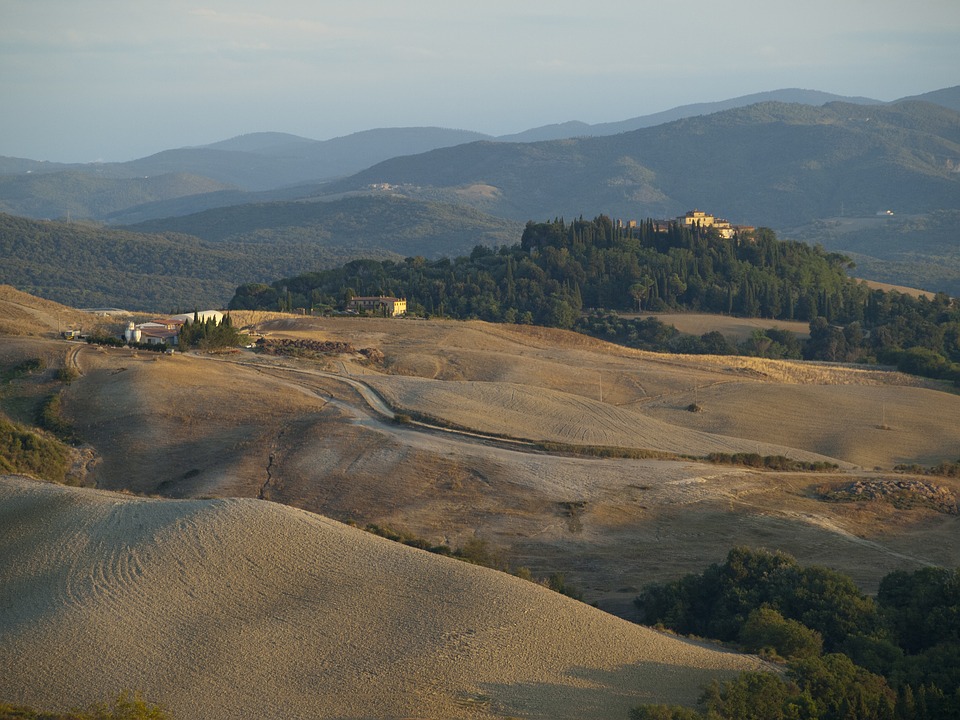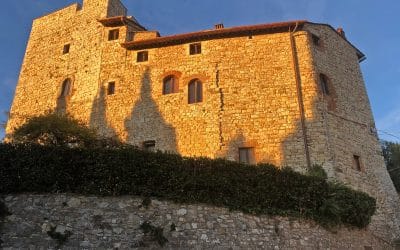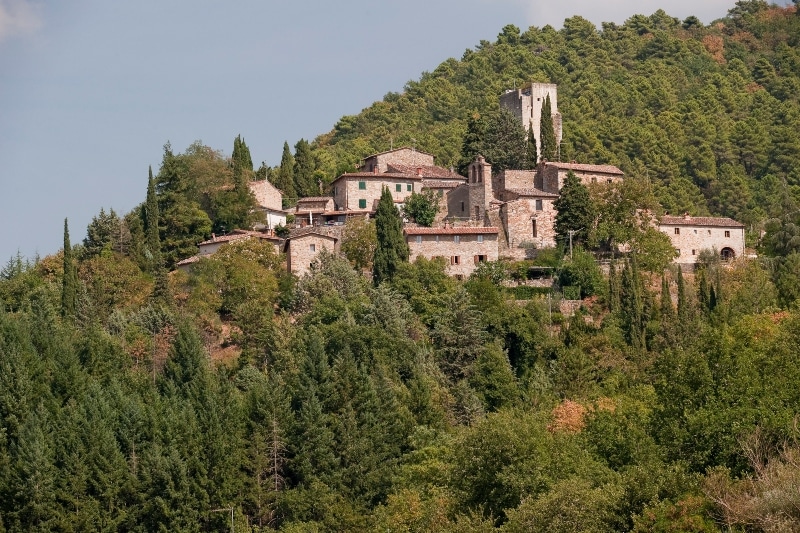Volterra
Between an Etruscan past and the secrets of alabaster
Volterra is one of the most important centres in Tuscany, both for the presence of monuments testifying to the civilisations that have succeeded one another over thirty centuries, and for the working of Tuscan alabaster, whose artefacts are now one of the most typical and traditional products of Italian craftsmanship.
With its predominantly medieval appearance, it preserves abundant remains from the Etruscan period, such as the Porta all'Arco, the Acropolis and the city walls still visible in some parts of the city. The Roman presence in Volterra is documented by the important ruins of the Teatro di Vallebona, thermal buildings and a large water cistern. The medieval appearance of the town is not only evident in the urban layout, but is most visible in the palaces, tower-houses and churches. These include the Palazzo dei Priori, the Palazzo Pretorio, the two groups of towers of the Buomparenti and Bonaguidi and the Church of San Francesco. Finally, Volterra has three museums of considerable historical and artistic interest: the Museo Guarnacci, the Pinacoteca and the Museo Civico, and the Museo dell'Opera del Duomo.
Its 7300-metre-long double wall was designed to protect not only the town and the urban centre, but also the springs, cultivated fields and pastures, which were often subject to raids by foreigners.
In addition to its monuments and numerous testimonies of art and history, Volterra offers a view of the gentle hilly landscape that surrounds it, interrupted from the west by the wild and impressive spectacle of the Balze.
Continue with the discovery of Chianti...
Vertine
Vertine Fortified oasis in the Chianti mountains Vertine is one of the best preserved examples of military architecture in Chianti and more precisely in the municipality of Gaiole. The excellent condition in which it is located today, especially the castle with its...
Barbischio
Barbischio More than an ancient Florentine defenseThe Castle of Barbischio dominates the village of Gaiole In Chianti. In 1200, together with the nearby Montegrossi, Vertine and Meleto, Barbischio was part of the Florentine defences of this area of Chianti, bordering...
San Gusmé
San Gusmé The classic landscape of Chianti Senese between vineyards, castles and farmsSan Gusmé is a small fortified village a few kilometres from Castelnuovo Berardenga. From the top of its hill dominates the valley below where on the horizon you can easily recognize...




